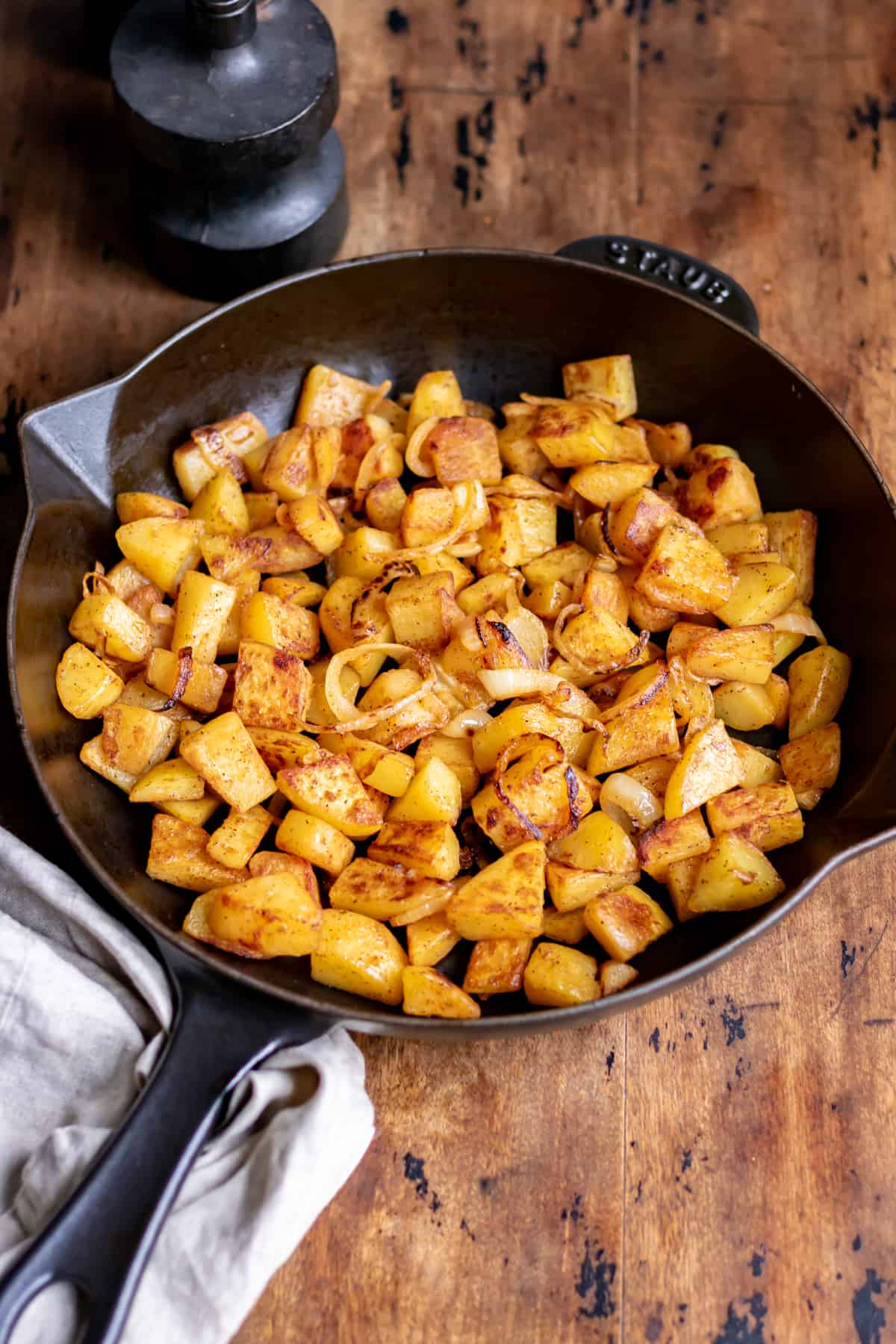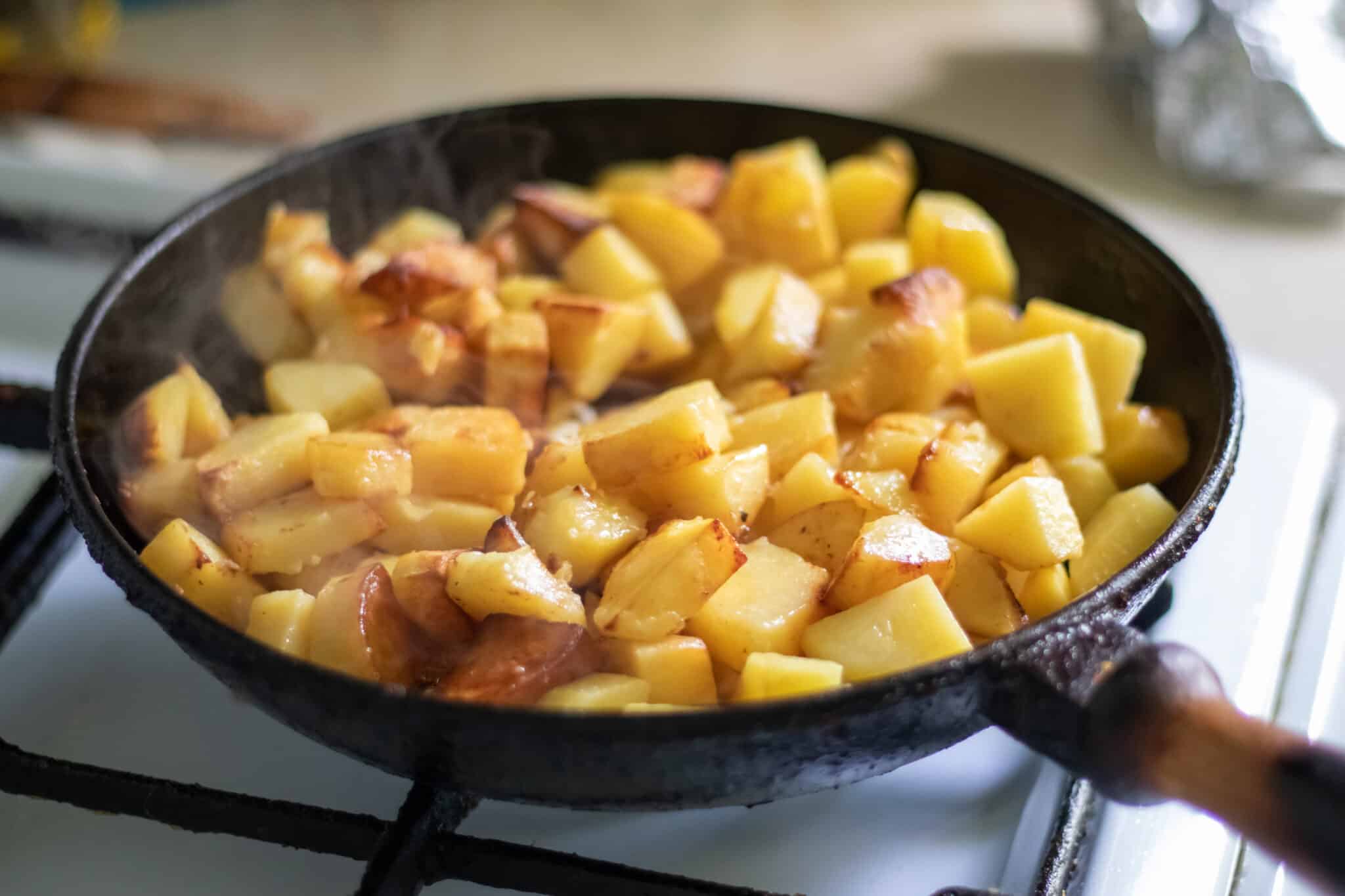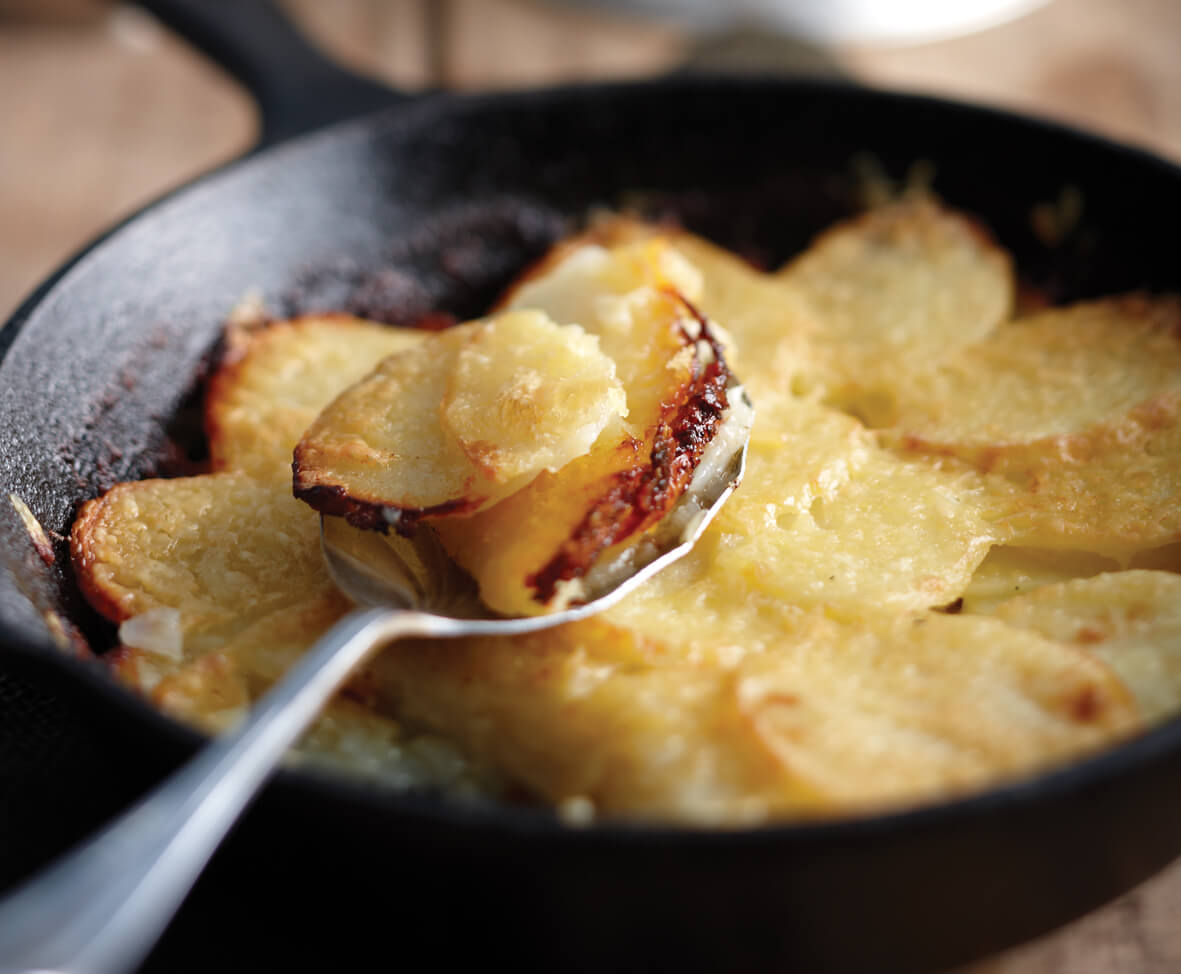Cooking Potatoes on the Stove: Guide to Perfectly Prepared Spuds
I. Introduction to Cooking Potatoes on the Stove
A. Exploring the Versatility and Popularity of Potatoes in Cooking
Potatoes are a versatile and popular ingredient in various cuisines around the world. They are not only delicious but also packed with nutrients, making them a staple in many households. Potatoes can be prepared in numerous ways, including boiling, baking, frying, and grilling. This article will focus on exploring the different cooking methods specifically for stove-top cooking of potatoes.
B. Benefits of Stove-Top Cooking for Potatoes
- Convenience: Stove-top cooking offers convenience as it allows you to cook potatoes directly on the stove without the need for an oven or grill. This makes it accessible to those who may not have access to other cooking appliances.
- Energy Efficiency: Stove-top cooking typically uses less energy compared to using an oven or grill. It is a cost-effective method for cooking potatoes, especially when preparing smaller portions.
- Control over Cooking Time: Stove-top cooking gives you greater control over the cooking time of potatoes. You can easily adjust the heat and monitor the potatoes as they cook, ensuring that they reach the desired level of tenderness.
- Versatility: Stove-top cooking allows you to use various cooking techniques such as boiling, simmering, sautéing, and steaming. This versatility opens up a wide range of possibilities for preparing potatoes with different textures and flavors.
C. Understanding Different Cooking Methods for Potatoes

- Boiling: Boiling potatoes on the stove is a common method for cooking them. Start by peeling and cutting the potatoes into evenly-sized pieces. Place them in a pot with enough water to cover them, add salt for seasoning, and bring to a boil. Reduce the heat to a simmer and cook until the potatoes are tender. Drain the water and serve the boiled potatoes as a side dish or use them in various recipes.
- Sautéing: Sautéed potatoes are a delicious and versatile option. Start by cutting the potatoes into small cubes or slices. Heat oil or butter in a skillet on the stove and add the potatoes. Sauté them over medium heat, stirring occasionally, until they are golden brown and crispy. Season with salt, pepper, and any desired herbs or spices. Sautéed potatoes can be enjoyed as a side dish or used as a base for other recipes.
-
Steaming: Steaming potatoes on the stove is a healthy and easy cooking method. Peel and cut the potatoes into chunks or wedges. Place them in a steamer basket or a pot fitted with a steaming rack. Add water to the pot, cover it, and bring it to a boil. Reduce the heat to a simmer and steam the potatoes until they are tender. Steamed potatoes can be served as a side dish or used in salads and other recipes.
II. Selecting and Preparing Potatoes for Stove-Top Cooking
A. Choosing the Right Potato Varieties for Different Dishes
- Identifying Potatoes Suitable for Boiling, Mashing, or Roasting When selecting potatoes for stove-top cooking, it is important to consider their characteristics and how they will behave during cooking. For boiling, choose waxy potatoes like Yukon Gold or red potatoes that hold their shape well. For mashing, opt for starchy potatoes like Russets or Idaho potatoes, which have a fluffy texture. For roasting, use all-purpose potatoes like fingerling or white potatoes that crisp up nicely.
- Understanding the Texture and Flavor Profiles of Different Varieties Different potato varieties have varying textures and flavor profiles. Waxy potatoes are moist and firm, making them suitable for salads or boiling. Starchy potatoes are drier and fluffier, ideal for mashing or baking. All-purpose potatoes fall in between, offering versatility for various cooking methods. Consider your desired outcome and select the type of potato that best suits your dish.
B. Properly Cleaning and Preparing Potatoes for Cooking

- Washing Potatoes Thoroughly to Remove Dirt and Debris Before cooking, it is important to wash potatoes thoroughly to remove any dirt or debris clinging to their skin. Use a brush or your hands to scrub the potatoes under running water. Pay attention to any eyes or blemishes and remove them with a paring knife.
- Peeling or Leaving the Skin On Based on Personal Preference or Recipe Requirements Whether to peel the potatoes or leave the skin on depends on personal preference and the recipe you are following. Some dishes, like mashed potatoes, often call for peeled potatoes to achieve a smooth texture. However, leaving the skin on can add extra flavor and nutrients to certain dishes like roasted potatoes. Consider the dish you are preparing and decide whether to peel or not.
III. Boiling Potatoes on the Stove
A. Preparing a Pot and Adding Water
- Selecting an Appropriate Pot Size for the Quantity of Potatoes Choose a pot that is large enough to hold the quantity of potatoes you want to boil. It should have enough room for the potatoes to move around and cook evenly. Avoid overcrowding the pot as it may result in uneven cooking.
- Filling the Pot with Enough Water to Cover the Potatoes Place the washed potatoes in the pot and add enough water to cover them completely. Ensure there is sufficient water to prevent the potatoes from sticking to the bottom of the pot while boiling.
B. Boiling Potatoes to the Desired Tenderness
- Bringing the Water to a Boil and Adding Salt for Flavor Place the pot of potatoes on the stove over high heat and bring the water to a boil. Add salt to the water to enhance the flavor of the potatoes as they cook. The amount of salt can vary depending on personal preference, but a teaspoon per quart of water is a general guideline.
- Simmering the Potatoes until Fork-Tender and Ready for Further Preparation Once the water reaches a rolling boil, reduce the heat to a simmer. Cook the potatoes until they are easily pierced with a fork or a knife. The cooking time will vary depending on the size and type of potatoes, but it typically ranges from 10 to 20 minutes. Keep an eye on them to avoid overcooking.

IV. Mashing Potatoes on the Stove
A. Draining and Preparing Boiled Potatoes for Mashing
- Removing Potatoes from the Boiling Water and Draining Excess Liquid When the potatoes are fork-tender, carefully drain them in a colander to remove the excess water. Let them sit for a few minutes to allow any remaining steam to escape.
- Allowing Potatoes to Cool Slightly for Easier Mashing Before mashing, allow the boiled potatoes to cool slightly. This makes them easier to handle and prevents potential burns. However, avoid letting them cool completely as warm potatoes are easier to mash than cold ones.
B. Mashing Potatoes to the Desired Consistency
- Using a Potato Masher or Fork to Mash the Potatoes Place the slightly cooled potatoes in a bowl and use a potato masher or a fork to mash them. Mash them to the desired consistency, whether you prefer a smooth texture or a chunkier mash. Avoid over-mashing, as it can result in a gummy texture.
- Adding Butter, Milk, or Other Ingredients for Flavor and Creaminess To enhance the flavor and creaminess of the mashed potatoes, add butter, milk, or other desired ingredients. Start by adding small amounts and gradually increase until you achieve the desired taste and texture. Season with salt and pepper to taste.
Conclusion:
Cooking potatoes on the stove provides endless possibilities for delicious and satisfying meals. By selecting the right potatoes, preparing them correctly, and choosing suitable cooking methods, you can create perfectly cooked spuds. Whether boiled, mashed, or roasted, stove-top cooked potatoes offer versatility and delectable flavors. Experiment with different seasonings and serving options to enhance your stove-top potato dishes. Enjoy the comfort and deliciousness of stove-top cooked potatoes in your meals.
